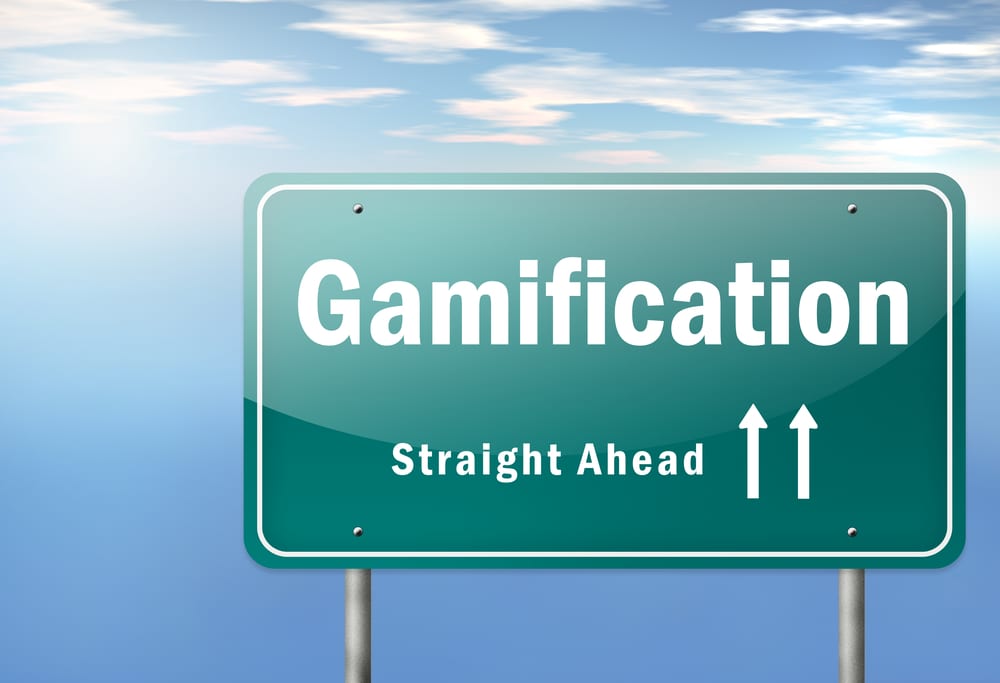Whether you realize it or not, there’s a good chance your employees spend part of their workday playing games. Whether it’s chess with a computer opponent or “Words With Friends” against their online pals, humans are inherently drawn to competition. We’re hardwired to play and love the instant gratification that comes with earning points and rewards.
For a generation that grew up playing digital games, adding gamification elements to the workplace can make even mundane tasks exciting.
Target has transformed its checkout process by adding a gaming component that gives employees instant feedback. Now, cashiers can see how quickly and correctly they’re scanning items, letting them set goals while challenging co-workers.
Training Applications for Gamification
Deloitte Leadership Academy was an early adopter of gamification in training modules. It challenges employees and students to complete “missions”; successfully completed missions earn achievement badges that employees can share on social media. There are unpredictable secret badges that recognize employees for less tangible successes, such as teamwork.
This incorporation of gamification elements can be a strong motivator for disengaged learners. Adding attainable “levels” for employees to reach, recognizing them on leader boards, and rewarding success with points can all help get employees excited about what they’re learning, regardless of the material being covered.
Gamification is also great for large groups that have various learning styles and skills. Introducing a game to test skills allows those who learn more quickly to advance to new levels, while giving slower learners time to process information and complete tasks at a comfortable pace.
Over time, gamification allows instructors to test employees before sending them into actual work scenarios. For example, a customer service-based game lets managers evaluate employees’ reactions to certain situations to make sure they’re ready to apply what they’ve learned.
When Gamification Doesn’t Work
Of course, not all types of training should be turned into a game. More traditional models are better suited for covering sensitive material, such as sexual harassment or office protocol. In fact, trying to gamify serious topics might diminish the seriousness of the material. Likewise, larger chunks of information are not suited for gamification.
Gamification can work as a complementary tool to more traditional training modules, though. For instance, you could have newly hired employees watch a training video and then complete a game to demonstrate understanding.
Keep Gamification Simple
If you’re going to incorporate gaming modules, keep them simple. If a platform is too confusing or involved, learners are likely to get frustrated and focus more on the game elements than the necessary subject matter.
Just as gaming gives participants instant gratification, it can also encourage strong communication between employers and employees. Badges, leaderboards, and scores all give managers good insight into an employee’s progress and give employees a reason to be excited about their jobs. Game-like training modules show them exactly what’s expected of them in a fun, relatable way.
No one wants their employees to mistake work for play, but if you can pique employees’ interest and get them engaged, everybody wins. Taking the game to your team can educate and entertain.
Images: ”Highway Signpost with Gamification wording /Shutterstock.com“
__________________________________________________________________________________
 Connect with Tweak Your Biz:
Connect with Tweak Your Biz:
Would you like to write for Tweak Your Biz?
Tweak Your Biz is an international, business advice community and online publication. Today it is read by over 140,000 business people each month (unique visitors, Google Analytics, December, 2013). See our review of 2013 for more information.
An outstanding title can increase tweets, Facebook Likes, and visitor traffic by 50% or more. Generate great titles for your articles and blog posts with the Tweak Your Biz Title Generator.


 Connect with Tweak Your Biz:
Connect with Tweak Your Biz:


